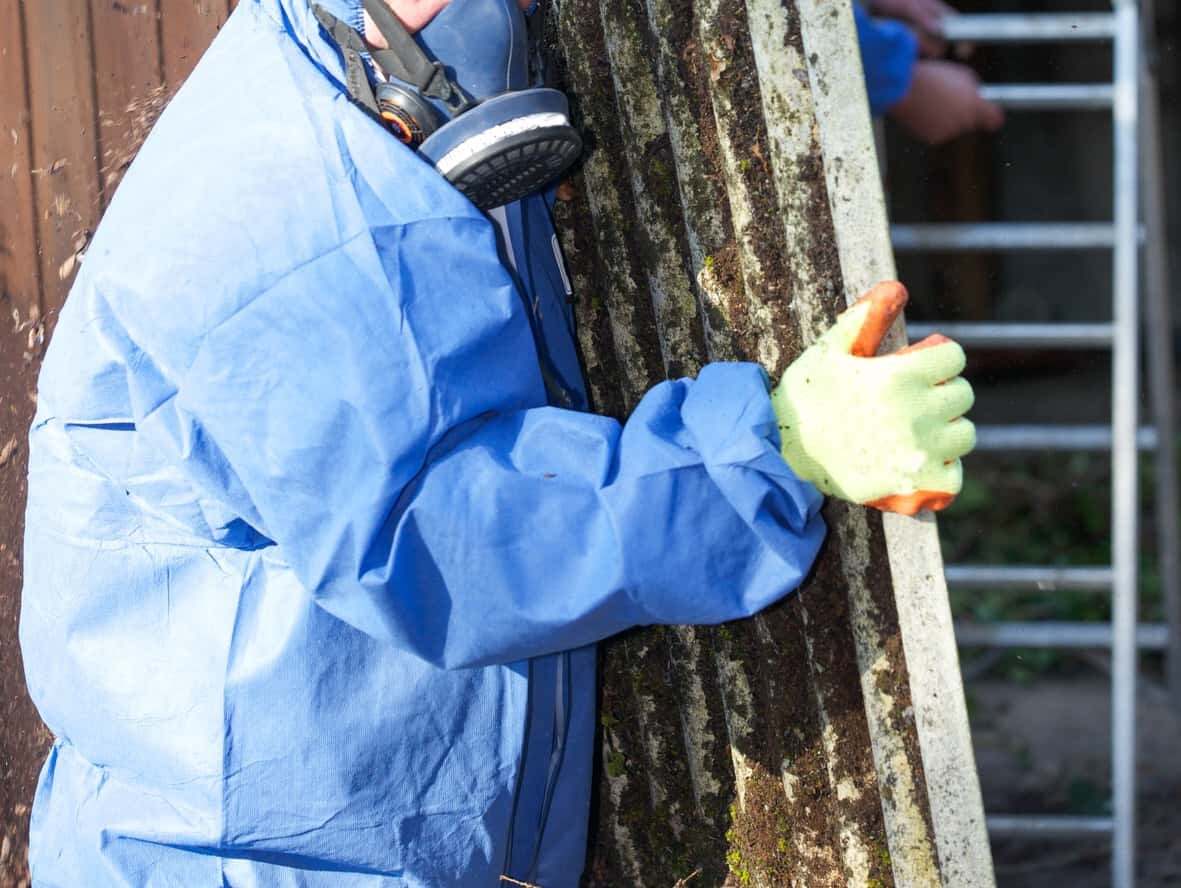
When we talk of workplace injuries, most injuries that come to mind are the ones resulting from machinery malfunctions, slip and falls, and other common workplace accidents. However, we often forget about chemicals in the workplace that can also lead to serious injuries. Often injuries caused by chemicals, unless caused by high levels of chemical exposure, are silent killers. Their effects can be adverse in the long term. At times, victims with injuries and diseases that surface years later after chemical exposure are not able to determine the cause of those diseases and injuries.
St. Louis workplace injury lawyer explains that chemical exposure can cause injuries in a number of ways. The extent of the injuries sometimes depends on the amount and duration of exposure.
- High levels of exposure can cause severe and lethal poisoning.
- Similarly, long-term and continuous exposure can lead to sensitization and allergic reactions.
- Certain chemicals will show their effects long after exposure causing or increasing the risks of cancer.
- Certain chemicals can increase risks of explosions which can cause horrible burn injuries.
Types of chemicals that can cause injuries
It’s essential that all workers have an understanding of which chemicals at the workplace can lead to injuries
1. Pesticides
Pesticides contain strong chemicals that can lead to chemical injuries. Agricultural workers are most commonly exposed to pesticides that are used for keeping pests away from crop. Pesticides can lead to respiratory diseases and neurological problems. Pesticide exposure among pregnant women can lead to birth defects and developmental issues in their babies.
2. Solvents
A large number of industries ranging from precision manufacturing to beauty and cosmetics use solvents. Many workers in these industries get exposed to harmful quantities of solvents. Those who work in the nail salon industry and hobby shops are exposed to glues and gels that contain harmful solvents are at high risk of chemical exposure. Solvents can cause respiratory and brain damage. OSHA regulations pertaining to solvent exposure require that workers handling solvents are provided protective gear and proper ventilation at the workplace.
3. Lead
Lead poisoning is a long-standing concern when it comes to chemical exposure and workplace safety. A number of substances that workers come in contact with at the workplace like pipes and pipe solder, paint, caulk, batteries and ceramics contain lead and could cause harmful exposure. While most industries have curbed the use of lead considering its harmful effects, industries like manufacturing and mining still require specialized application of lead. Proper decontamination procedures are essential, and they should be enforced by employers and followed by employees diligently to avoid injuries and diseases caused by lead exposure.
4. Silica dust
Silica dust exposure often occurs in industries like construction, mining and railroad that use materials like asphalt, concrete, brick, tiles, granite, cement, masonry, etc. Workers in these industries, if exposed to silica dust, can contract diseases like silicosis, a number of respiratory diseases, and even cancer.
5. Asbestos
Asbestos was widely used in a number of industries for the purposes of insulation and fireproofing. The harmful effects of asbestos include asbestosis, cancer, mesothelioma (a rare and malignant incurable cancer), and digestive disorders.
These five chemicals can cause a number of debilitating and permanent illnesses. Workers who suffer from diseases or injuries caused by exposure to any of these materials can claim workers compensation benefits. They should contact a St. Louis workers compensation lawyer for assistance.
